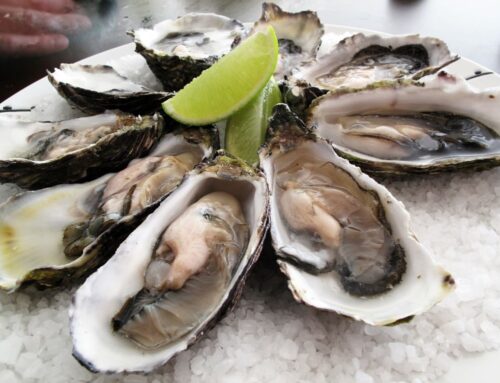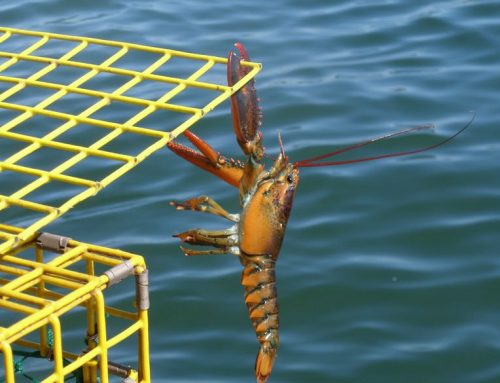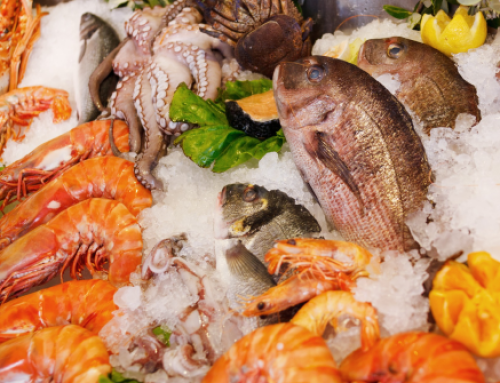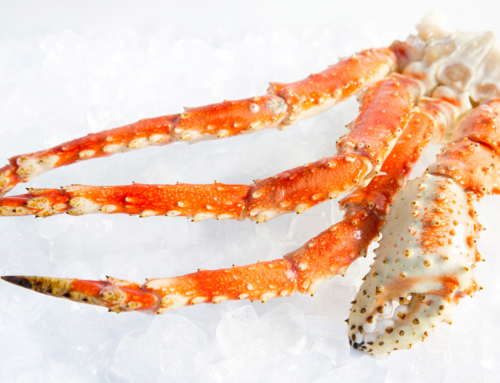The ongoing trade war between the United States and China has upended supply chains around the world, bringing millions of dollars of new business to countries lower down in the supply chain. The trade war has hit U.S. businesses the hardest, but none as much as in the North Atlantic. This part of the country houses much of America’s commercial fishing industry, especially lobster.
For generations, the United States and Canada have shared a camaraderie when it comes to lobster production. Fishers on either side of the border utilize neighboring waters to find their catch, sharing the bounty that this part of the Atlantic brings. Interestingly, each nation is the other’s largest foreign buyer of lobster.
Historically, China has purchased lobster from both Canada and the United States, often favoring America because of previous trade agreements. In the past decade, China’s middle class swelled, eventually finding a taste for northern Atlantic lobster. Consuming this shellfish was considered to be an accessible luxury, and China’s purchasing of U.S.-sourced lobster grew. In the past few years, China has purchased more lobster from the United States than almost any other country, shooting up 120 percent per year over year since the mid-2000’s.
This changed with the onset of the trade war. Last year, the United States placed tariffs on a wide range of Chinese products. In retaliation, Beijing imposed a 25 percent levy on more than $34 billion of U.S. goods. The American lobster was a tragic casualty.
Since this escalation – from June 2018 to June 2019 – overall exports to China fell by 50 percent. The biggest fall hit live lobster shipments, which dropped by more than 80 percent. Rather than buying lobster from the United States, it appears that China has turned to our neighbor in the north, Canada, for its live lobster supply. Canada’s lobster sales to China have already reached record highs, and they will continue to climb for the duration of the tariff imposition.
While this may seem like a boon for Canada’s lobster industry, it’s a bit more complicated. Even with an increase in lobster production due to warming Atlantic waters, the country is struggling to fill the new demand for live lobsters. Additionally, Canadian lobster fishers are worried that this increase will be temporary and that numbers will return to normal once the trade war ends. They fear relying on China for too much of their business, as it could be revoked at any time.
Tariffs have hurt the U.S. lobster industry, but it seems that their impact on the Canadian lobster business is a bit of a mixed bag. It will be interesting to see how this settles down when – or if – the trade war ends.
Take note of our Affiliate Relationships that may exist with this page and companies listed on it.







